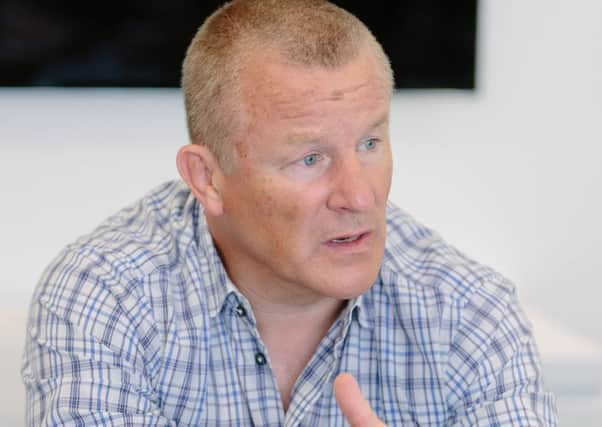Jeff Salway: Murky world of fund management must come clean


That this was big news in the industry, in 2016, is remarkable. It is of course welcome news, and Woodford Investment Management should be commended for going a step further than the rest of the industry (with the exception of a handful of firms including Baillie Gifford).
But the fact that this announcement is significant tells us all we need to know about fund managers and their aversion to fairness and transparency.
Advertisement
Hide AdAdvertisement
Hide AdMost people paying into investment funds such as those run by Neil Woodford are doing so through pension funds and Isas. You may well be among them. Did you realise that fund companies were adding their research costs to the charges you pay? Or that they spent an estimated £1.5 billion on investment research in 2012 (as part of the £3bn spent on dealing commissions) – much of which remained unread.
This is one of several expenses that ordinary investors are paying for but which are in addition to the charges they are told about. In fact, the costs that investors know they’re charged amount to less than a fifth of the amount they actually pay, according to the Pensions Institute.
The extent to which the full charges are hidden was the subject of a project undertaken by the Railpen pension fund, which found that while it was paying £70 million in upfront fees, its members were being hit for another £280m of undisclosed fees and charges.
The fees you pay are probably given to you in the form of a total expense ratio, annual management charge or, if you’re lucky, an ongoing charges figure (OCF). It’s two years since the Financial Conduct Authority (FCA) asked fund managers to use the OCF in their factsheets, but research from AJ Bell reveals that even fewer funds use that figure now than in 2014.
Woodford is taking a step in the right direction on disclosure too, pledging to publish a full list of transaction costs each month. The manager also broke ranks with his peers last year, when he started publishing full lists of his fund’s investments.
Many investors will assume that these details are already available. They’d be wrong, because charges aren’t the only thing that fund firms are hiding from investors. That’s why the FCA is also taking an interest in closet trackers. These funds do little more than hug their benchmark index yet still charge for active management.
Last week the FCA told firms to do better at telling investors how their funds are managed in relation to their underlying benchmark, having found that several fail to disclose that large chunks of the fund are invested simply to track an index.
With the FCA pushing hard on disclosure and looking at research costs as part of its asset management market study, there will be progress over the coming months.
Advertisement
Hide AdAdvertisement
Hide AdThe lobbying will be intense and the protests will be loud, because fund firms do very well out of a system that serves their own interests far better than those of their customers. Sunlight really will be the best disinfectant for this murky industry.